Choose the Right Background for Your Photos
In photography, capturing the perfect shot goes beyond just focusing on the subject; the background plays a pivotal role in making your photos stand out. Whether you're a budding photographer or a seasoned professional, knowing how to choose the right background for your photos can transform an ordinary image into an extraordinary one.
But what is the best photo background, and how do you select a suitable background that enhances your subject rather than distracts from it? Imagine taking a stunning portrait only to find that a cluttered background photo detracts from the beauty of your subject. This common issue can be easily avoided with simple tips and tricks.
In this comprehensive guide, we'll walk you through everything you need to know about choosing the perfect background for your photos. From understanding the impact of different backgrounds to learning how to choose the right one for various scenarios, we’ve got you covered.
So, whether you’re shooting in a studio or exploring the great outdoors, this guide will help you master the art of selecting a background that complements and elevates your subject. Let’s dive in and discover the secrets to making every photo a visual masterpiece!
Importance of a Perfect Background
The background of a photograph is more than just a backdrop; it serves as a canvas that can either enhance or detract from the subject's beauty. Choosing the right background is essential for creating visually appealing and impactful images. Here's why a perfect background is so important:
- Enhances Subject Focus: A well-chosen background directs the viewer's attention to the photograph's main subject. By complementing the subject and providing context, the background helps to highlight what's important in the image.
- Sets the Mood and Tone: The background of a photo can convey emotions, set the mood, and create a storytelling element. Whether it's a serene landscape, an urban cityscape, or a minimalist backdrop, the background sets the tone for the entire image.
- Adds Depth and Dimension: A carefully selected background adds depth to the photograph, creating a sense of space and dimension. It can make the subject pop and give the image a three-dimensional feel, making it more visually engaging.
- Eliminates Distractions: A cluttered or distracting background can detract from the subject's impact. Choosing a clean, uncluttered background helps to eliminate distractions and keep the viewer focused on the main subject.
- Contributes to Visual Harmony: A harmonious relationship between the subject and the background creates a balanced and visually pleasing composition. The background's colours, textures, and patterns complement the subject to achieve visual harmony.
In summary, the background plays a crucial role in photography, contributing to the overall aesthetics and impact of the image. Photographers can create captivating and memorable photos that resonate with viewers by choosing the perfect background.
Things to do Before Choosing the Background for Your Photo
Before you start choosing the background for your photos, there are a few things you should consider and do to ensure you get the best possible results. Here are some critical steps to take:
1. Understand the purpose of your photo:

Understanding the purpose of your photo is essential in choosing the right background. Before you pick up your camera, you must know what you want to capture and convey through your photo.
Whether it's a portrait, landscape, or product shot, the purpose of your photo should guide your choice of background. For example, if you photograph a product, use a clean and simple background to highlight the product's features.
On the other hand, if you're taking a portrait, choose a background that adds depth and dimension to the photo. So, before you pick what to photograph, make sure you understand the purpose of your photo and choose a background that enhances it.
2. Consider the lighting:
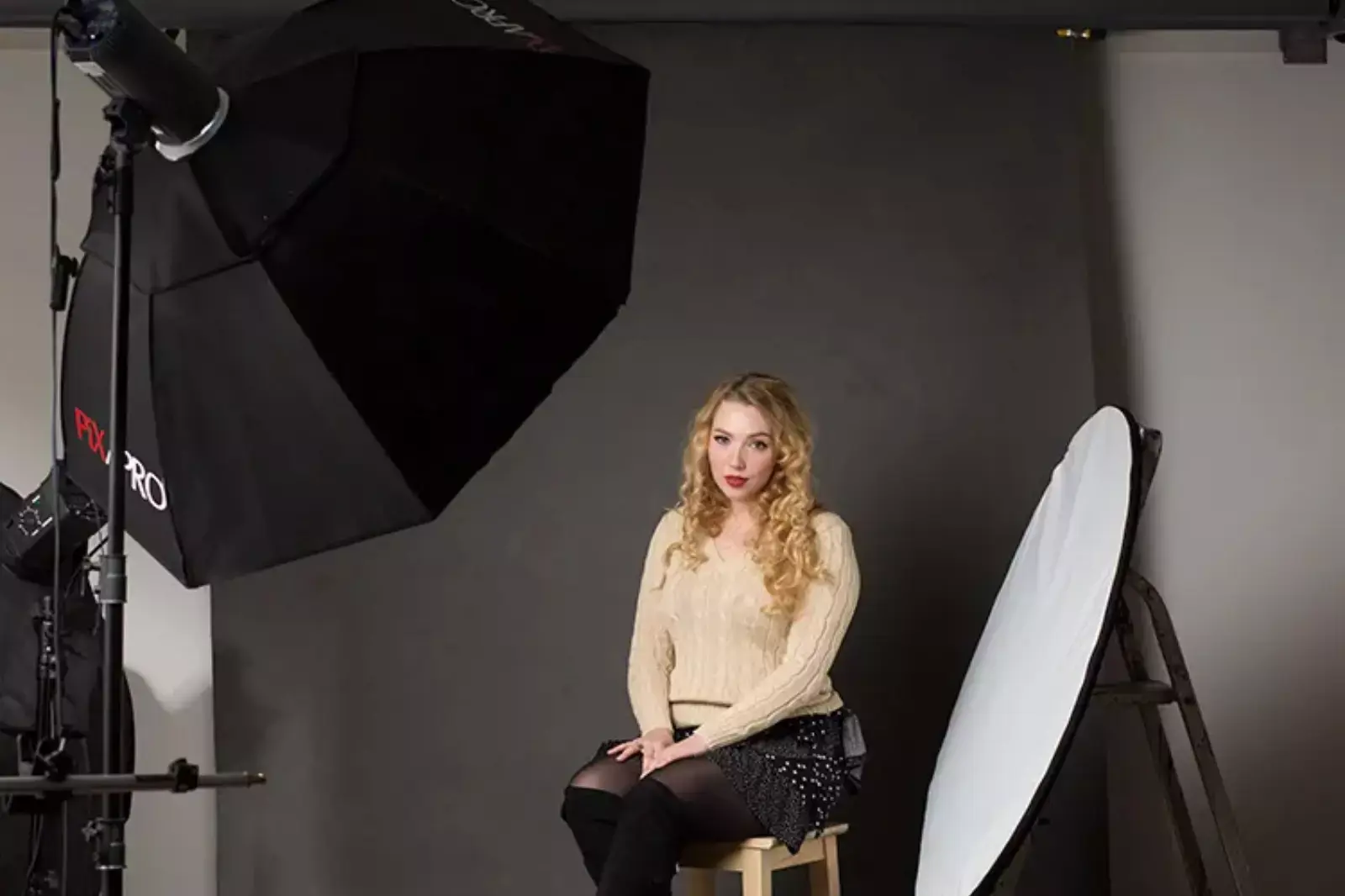
Considering the lighting is crucial when choosing a background for your photos. The lighting can make or break your image's overall look and feel, so it's essential to use it to enhance your background.
If you're shooting in natural light, consider the time of day and how it will affect the lighting conditions. You may need artificial lighting for indoor shoots to create the desired effect.
Using lighting, you can create a background that complements your subject and adds depth and dimension to your photo. So, before you choose a background, consider the lighting conditions and how you can use them to your advantage.
3. Determine the composition:
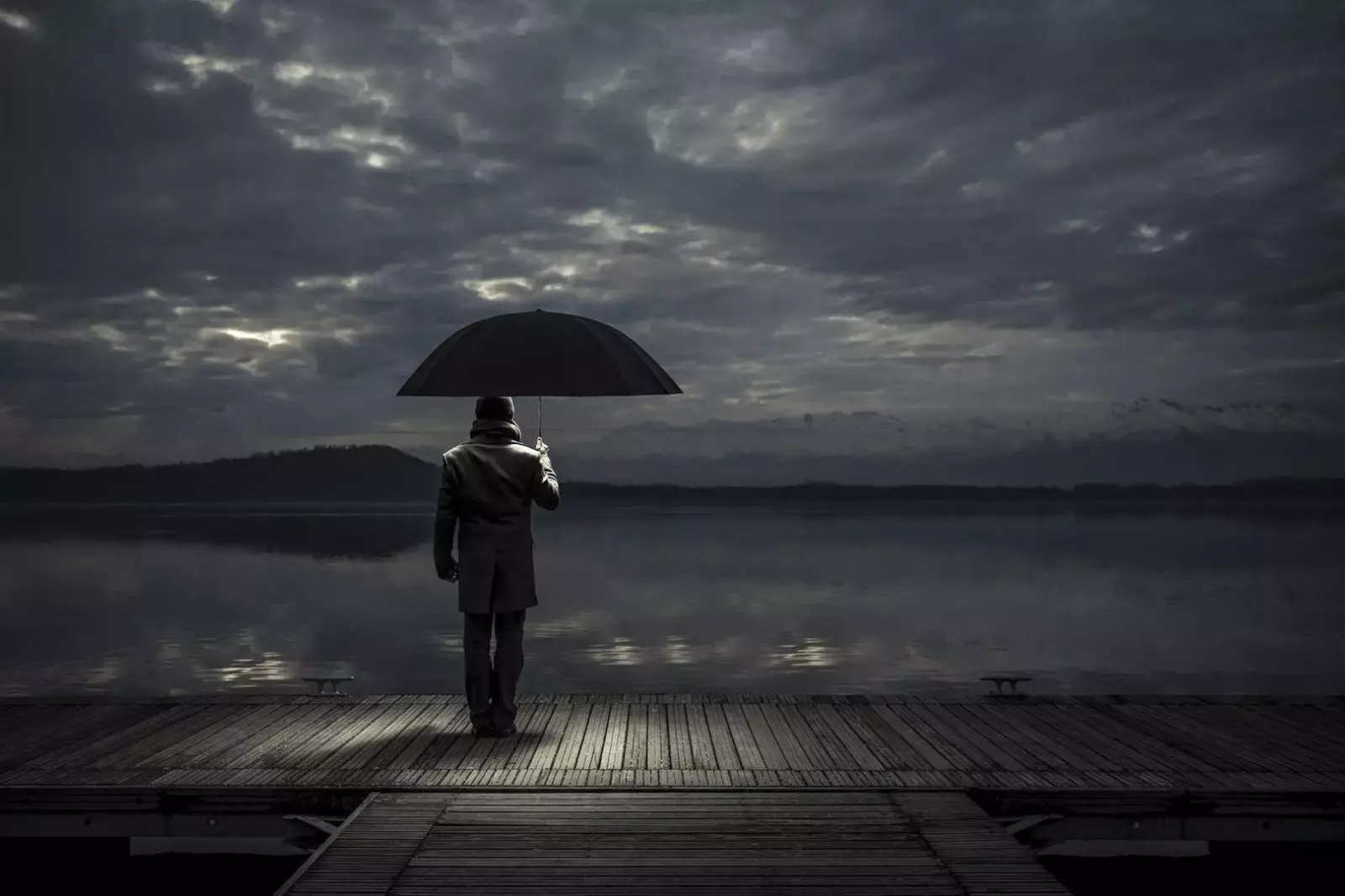
Determining the composition is another critical aspect of choosing the right photo background. The composition refers to the arrangement of elements in your photo, including your subject and background. Before selecting a background, you need to decide on the mood and setting you want to create in your image.
For example, if you want to create a dramatic or moody image, choose a background that has a dark and sad tone. On the other hand, if you want to create a light and airy image, you may choose a background with bright and cheerful colours.
By determining the composition of your photo, you can select a background that complements your subject and helps to create the mood and setting you want to convey.
4. Choose the right colours:

Choosing the right colours for your background is crucial in creating a cohesive and visually appealing image. When selecting a background, consider the colours complementing your subject and the mood and setting you want to convey.
For example, if you're taking a portrait with a subject wearing warm-toned clothing, choose a background with complementary warm tones to create a harmonious image.
On the other hand, if you want to create a contrasting effect, you may choose a background with complementary cool tones. By selecting the right colours for your background, you can create an image that complements your subject, helps set the mood, and conveys the intended message.
Some Photo Backdrop Ideas You Can Recreate at Home
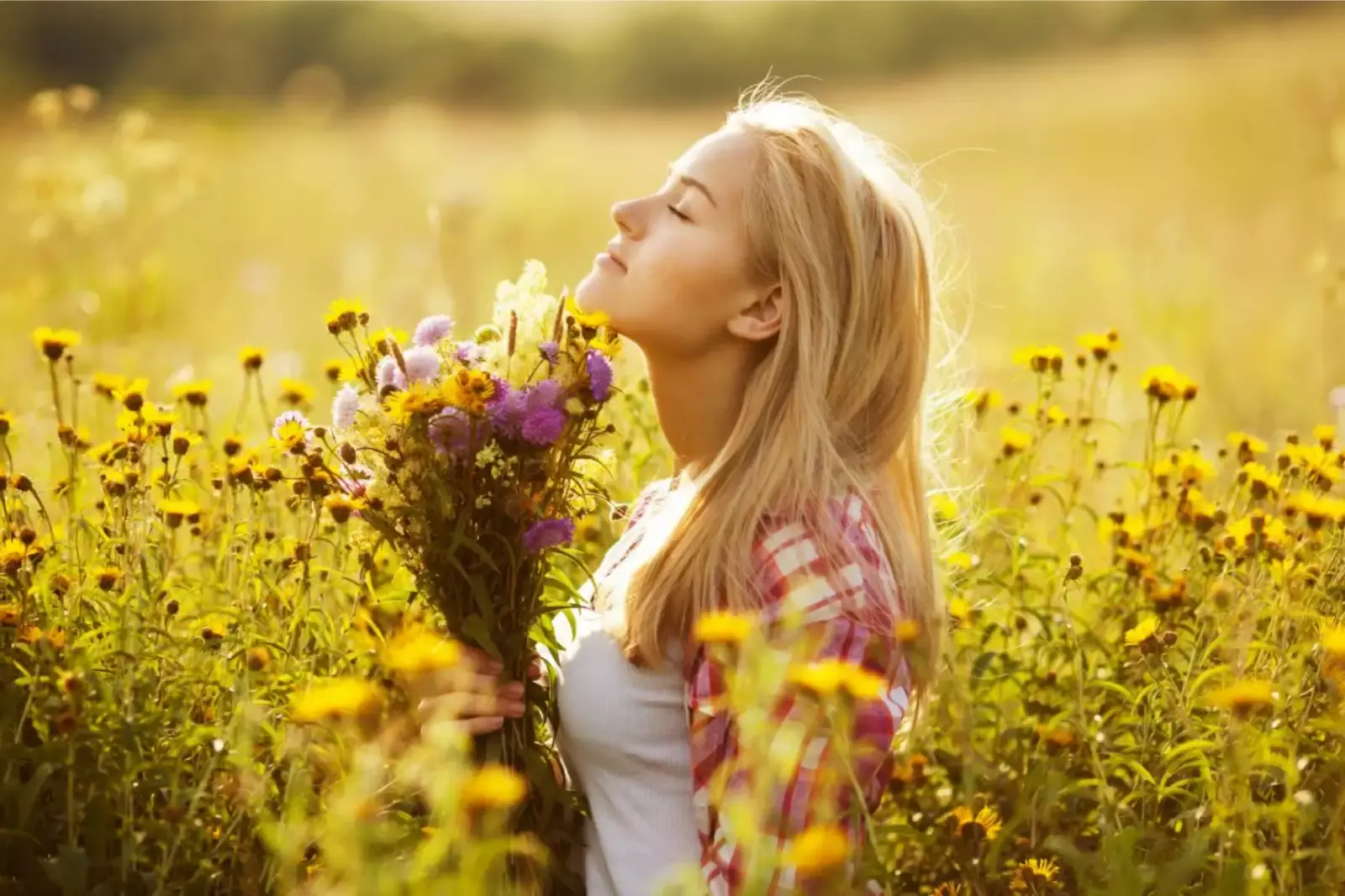
Creating a professional-looking photo backdrop doesn't have to be expensive or complicated. With some creativity, you can easily recreate some stunning backdrops at home using everyday items. These backdrops can add interest, texture, and colour to your photos and help to make them stand out.
You can recreate 14 photo backdrop ideas at home, from simple solid-coloured paper to more elaborate floral garlands or brick walls. Whether you're taking product photos or portraits, these backdrops can help to enhance your images and give them a unique and polished look.
1. Solid-coloured paper: A simple backdrop can add colour to your photos.
2. Fabric backdrops: Choose a piece of fabric with a pattern or texture that complements your subject for a unique and exciting backdrop.
3. Wood panelling: If you have a wood-panelled wall or floor, it can make a great natural-looking backdrop.
4. Brick wall: Use a brick wall as your backdrop for an urban feel.
5. Chalkboard: A chalkboard wall or surface can make a fun and unique backdrop for various photos.
6. Tulle: Create a dreamy and romantic backdrop with tulle fabric.
7. Flowers: Hang a garland or use a flower wall as a backdrop for a feminine and elegant touch.
8. Bookshelf: A bookshelf can make an excellent backdrop for photos related to education or reading.
9. Printed vinyl: Create a custom backdrop with your design or pattern.
10. Wrapping paper: A roll of wrapping paper can make a quick and inexpensive backdrop option.
11. Maps: Use maps or globes as backdrops for travel-related photos.
12. Balloons: Create a colourful and playful backdrop by hanging balloons in various colours.
13. Rustic wood boards: Use old wooden boards or pallets as a backdrop to create a rustic feel.
13. Christmas lights: Hang strands of Christmas lights to create a whimsical and twinkling backdrop.
14. White sheet: Use a plain white sheet hung against a wall for a classic and simple backdrop.
Digital Backgrounds for Photos

If you're looking to spice up your photos with something more interesting than a plain backdrop, digital backgrounds are a great option. With the help of tools like Erase.bg, you can easily remove the existing background of your photo and replace it with a pre-defined digital backdrop template.
These templates come in various themes and styles, from natural landscapes to abstract designs, allowing you to create a unique and eye-catching image. With digital backgrounds, you can take your photos to the next level and add a touch of creativity and fun.
How to Brand Your Photo Background?
Branding your photo background effectively establishes your brand identity and makes your photos stand out. Here are some tips for branding your photo background:
Use Your Brand Colours
Incorporate your brand's colours into your photo background. Use a solid colour or a gradient that matches your brand's colour scheme.
Add Your Logo
Place your logo in the corner or centre of your photo background. Make sure it's visible but doesn't overpower the image.
Use Branded Patterns or Textures
If your brand has a unique pattern or texture, use it as a photo background. This will help create a consistent look and feel across your brand's visual content.
Consider the Mood and Tone
Think about the mood and tone of your brand and how it can be reflected in your photo background. For example, a minimalist brand may use a simple white or black background, while a playful brand may use bright colours and fun patterns.
Make it Consistent
Consistency is vital when it comes to branding. Ensure your photo background is consistent across all your visual content, including social media posts, website images, and marketing materials.
Branding your photo background is a great way to create a consistent and recognizable visual identity for your brand. Incorporating your brand's colours, logo, patterns, and textures can make your photos stand out and establish a strong brand presence.
How to Choose the Right Background for Photos?
Choosing the perfect background for your photos is crucial to achieving captivating images. From setting the mood to complementing your subject, the right background can elevate the overall impact of your photography. This guide'll explore how to select backgrounds that enhance your photos, considering factors like subject, mood, setting, and composition.
By understanding the significance of a suitable background and learning how to choose one effectively, you can create visually stunning photographs that leave a lasting impression. Discover the art of selecting backgrounds that genuinely enhance your photos.
- Consider the Subject: Start by considering the subject of your photo. Whether it's a person, product, or landscape, understanding the subject's colours, textures, and tones will guide your choice of background.
- Evaluate the Mood: Consider the mood and tone you want to convey in your photo. For example, a bright and vibrant background may suit a cheerful portrait, while a neutral or muted background can create a more serene atmosphere.
- Assess the Setting: Consider the location and setting where you'll be shooting. Consider using backdrops or seamless paper rolls in various colours indoors. For outdoor shoots, natural landscapes or urban environments can provide exciting backgrounds.
- Mind the Distractions: Avoid backgrounds cluttered or distracting, as they can take away from the focus of your photo. Look for clean and uncluttered backgrounds that allow the subject to stand out.
- Experiment with Textures and Patterns: Be bold and experiment with different textures and patterns in your background. Adding visual interest can elevate your photos, whether it's a textured wall, a patterned fabric, or a scenic backdrop.
- Think About Composition: Consider how the background will interact with the composition of your photo. Pay attention to lines, shapes, and negative space to create a balanced and visually appealing image.
How Erase.bg can help you to Choose a Perfect Background for Photos?
Erase.bg offers a revolutionary solution to help you effortlessly choose the perfect photo background. With its advanced AI background removal technology, Erase.bg allows you to remove the existing background from your images with just one click.
Once the background is removed, you can experiment with different backgrounds to see which complements your subject the best. Moreover, Erase.bg provides diverse background options, including solid colours, gradients, textures, and even custom backgrounds.
This enables you to tailor the background to suit your photo's mood, theme, or style, enhancing the overall composition. By utilising Erase.bg, you can streamline your workflow, unleash your creativity, and ultimately achieve stunning results by easily selecting the perfect background for your photos.
Step 1: Remove the Background with Erase.bg

First, upload your photo to Erase.bg, and use the tool to remove the background. Once the background is removed, you'll have a transparent image that are placed on any digital background.
Step 2: Add a White Digital Background
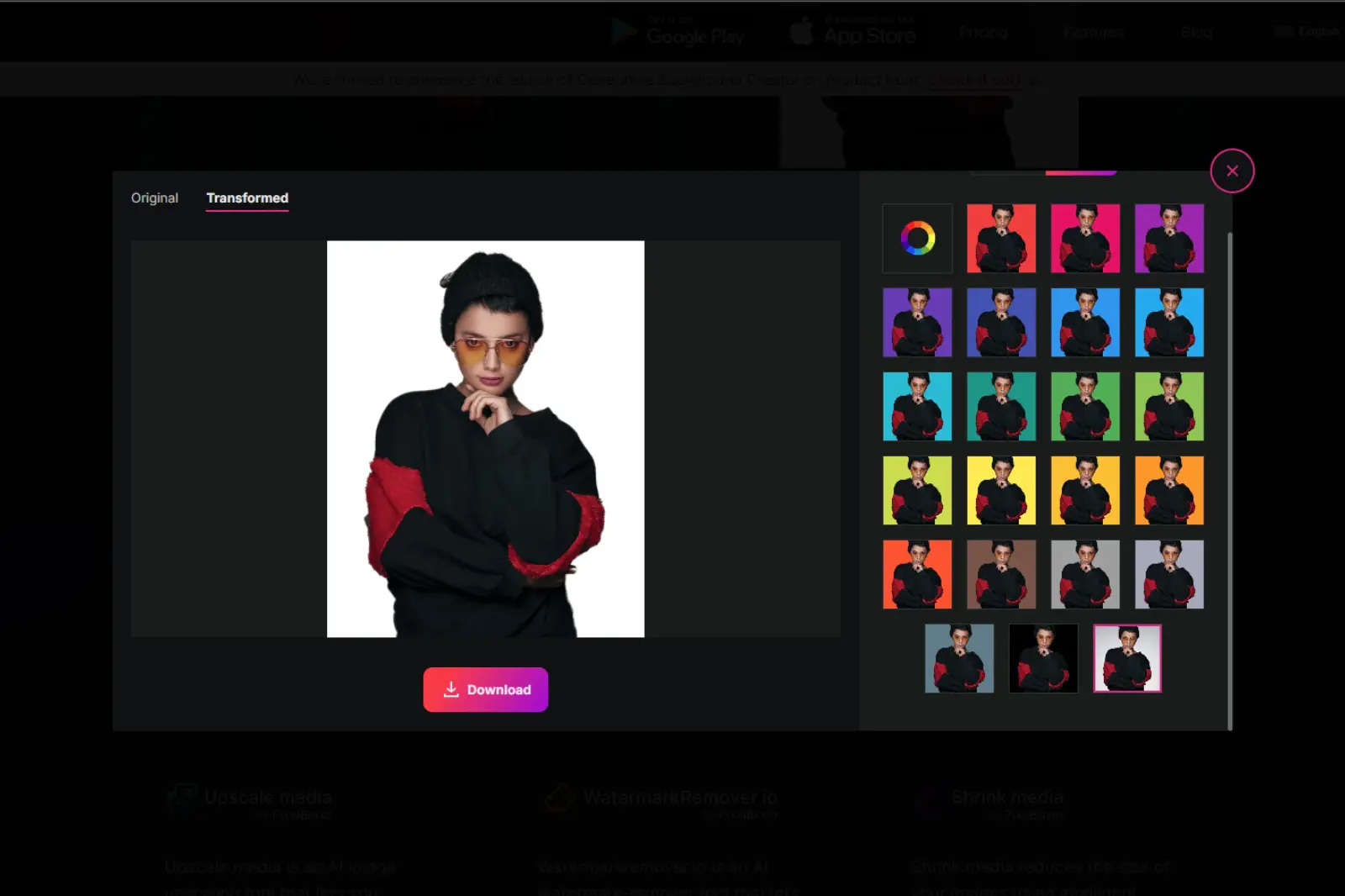
You can add a white digital background now that you have a transparent image. There are many options for finding a white digital background, such as using pre-defined templates in Erase.bg or finding free high-resolution images on websites like Unsplash or Pexels.
Step 3: Add Graphic Design Elements
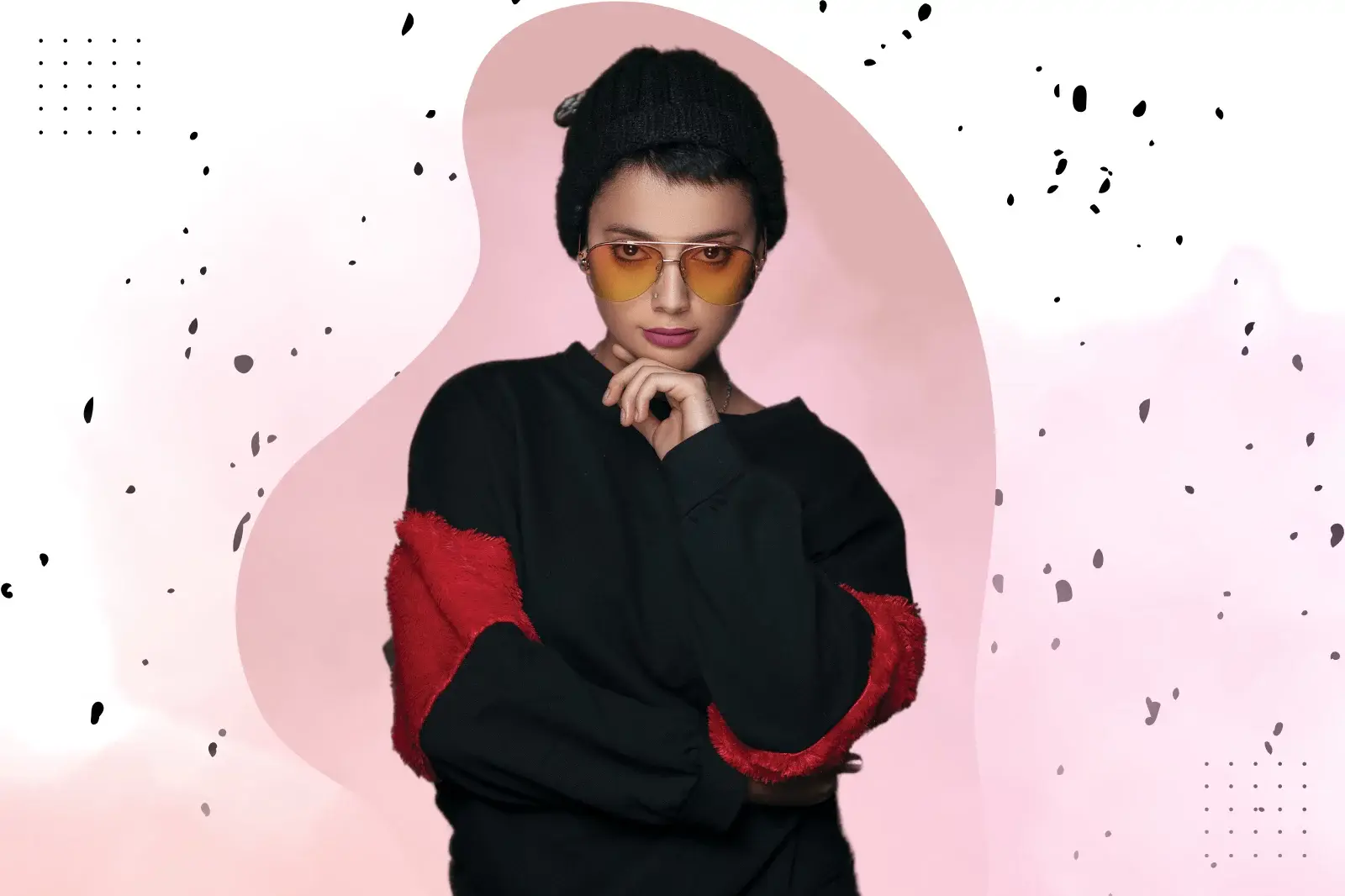
You can add graphic design elements using Canva or Photoshop to make your white background photo stand out. This could include text, icons, or other design elements that complement the subject of your photo.
Step 4: Save and Share

Choosing the Right Size Background for Your Photography
Selecting the ideal size background for your photography is pivotal for achieving professional results. Whether you're shooting in a small studio space or a vast, open area, the size of your backdrop can significantly impact the outcome of your images.
Collapsible backgrounds or half-size paper rolls offer portability and convenience for compact spaces, perfect for home studios or on-the-go shoots. Alternatively, larger rolled backgrounds like vinyl or fabric provide versatility and flexibility, ideal for spacious studios or shooting multiple subjects.
Consider your shooting needs: full-length portraits require ample background space, while smaller products may only need a tabletop backdrop. Factor in the number of subjects you plan to photograph—more people necessitate more extensive backgrounds and sturdier support systems.
Ultimately, choosing the right size background ensures efficient shooting, seamless compositions, and minimal post-processing, allowing you to quickly focus on capturing stunning images.
Tips for Selecting Background for Your Photos
Selecting the perfect background for your photos can elevate the quality and impact of your images. With an array of options available, from solid colours to textured backdrops, making informed choices that complement your subjects and enhance your compositions is essential.
In this guide, we'll explore ten valuable tips to help you navigate the process of choosing the right background for your photos, ensuring your images stand out with professionalism and visual appeal.
- Consider the Subject: Tailor the background to your subject's characteristics, ensuring it enhances their appearance and story without overshadowing them.
- Assess the Space: Determine the dimensions and layout of your shooting area to select a backdrop size that fits seamlessly and allows ample room for shooting.
- Opt for Versatility: Choose backgrounds that can be used across different photography genres, providing flexibility and cost-effectiveness.
- Evaluate Lighting Conditions: Select backgrounds that complement your lighting setup, avoiding reflections or shadows that may detract from your subject.
- Think About Colour Psychology: Use colours that align with the mood and message you want to convey, leveraging colour psychology to evoke specific emotions.
- Test Different Textures: Experiment with textured backgrounds to add depth and visual interest to your photos, enhancing their overall aesthetic appeal.
- Keep it Simple: Avoid cluttered backgrounds that distract from your subject, opting instead for clean, minimalist designs that draw focus to the main subject.
- Match Backgrounds to Themes: Coordinate backgrounds with the theme or concept of your photoshoot, ensuring consistency and cohesion in your visual storytelling.
- Prioritise Quality: Invest in high-quality backgrounds made from durable materials to achieve professional-looking results that stand the test of time.
Why Choose Erase.bg?
Choosing Erase.bg for achieving a perfect background for photos offers numerous benefits:
- Accuracy: Erase.bg employs advanced AI technology to remove backgrounds accurately, ensuring precise results without manual editing.
- Speed: With Erase.bg, background removal is swift, saving you time and effort compared to manual editing methods.
- Ease of Use: The platform's intuitive interface makes removing backgrounds from photos easy, even without prior editing experience.
- Versatility: Erase.bg supports various image formats and sizes, allowing you to effortlessly remove backgrounds from various photos.
- Quality: The resulting images maintain high quality, ensuring your photos look professional and polished.
- Affordability: Erase.bg offers cost-effective solutions for background removal, making it accessible to photographers of all levels.
By choosing Erase.bg, you can streamline your workflow, enhance your photos' visual appeal, and quickly achieve professional-looking results.
Conclusion
Erase.bg is an efficient, user-friendly, cost-effective solution for achieving perfect photo backgrounds. With its advanced AI technology, swift processing, and high-quality results, Erase.bg empowers photographers to elevate their images effortlessly, saving time and ensuring professional-grade outcomes.
FAQ's
How do I find the right background for a picture?
Consider the subject and mood of your photo, and choose a background that complements and enhances it without distracting from the main focus.
Which background is best for a photo?
The best background for a photo depends on the context and desired effect, but generally, a simple, uncluttered background that doesn't overshadow the subject is often preferred.
How do I find the perfect background image?
Look for backgrounds that align with the theme, style, and purpose of your photo, ensuring they provide visual interest without overpowering the main subject.
What is a photo background?
A photo background is the area behind the main subject of a photograph, providing context, setting, and atmosphere to the image.
What is a clear background photo?
A clear background photo refers to an image where the background is transparent or removed entirely, leaving only the main subject without any background distractions.
What is the importance of a photo background?
The background of a photo can significantly impact its overall composition, storytelling, and visual appeal, as it frames the subject and sets the scene for the viewer.